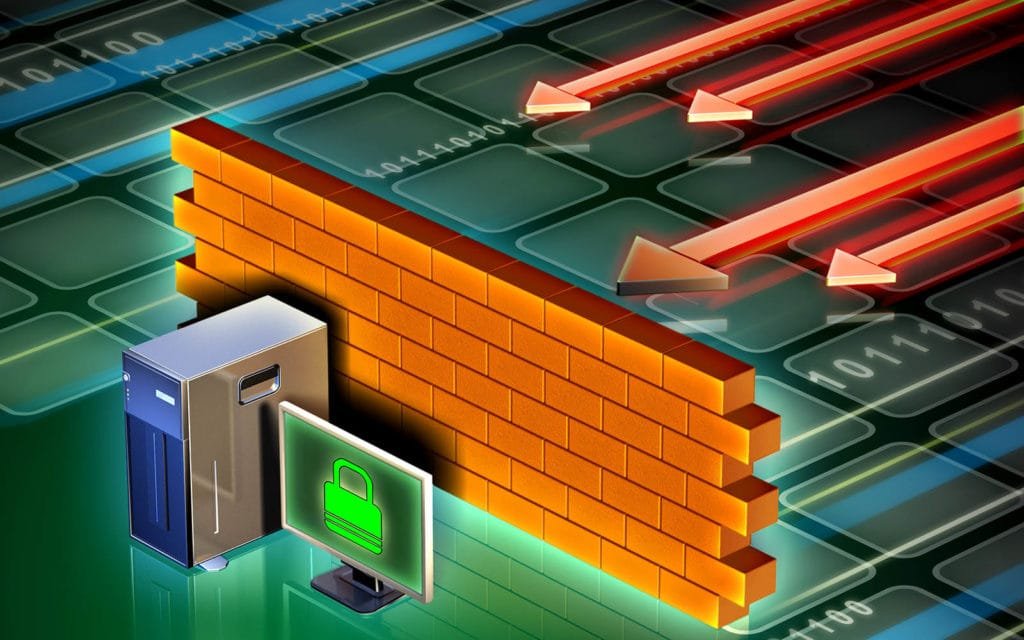🛡️ Is Your Firewall Safe Enough?
We’ve all heard about firewalls, but have you really taken a moment to think if your firewall is actually doing its job well? In my years as a cybersecurity professional, I’ve noticed that many people assume that simply having a firewall means they’re safe. Unfortunately, that’s not quite true. Your firewall is only as good as the rules and settings you apply.
Let me share some essential tips, tricks, and personal experiences that will help you tighten up your firewall and keep your data genuinely secure.
Evaluate Your Current Firewall Setup
Hardware vs. Software Firewalls
First things first: do you know if you’re running a hardware or a software firewall? Hardware firewalls typically protect your entire network, whereas software firewalls focus on individual devices. In my experience, a combination of both offers the strongest protection.
Default Settings Can Be Dangerous
Here’s a quick story: A client of mine thought their firewall was set up perfectly because it came “ready to use.” The reality? The default settings often have broad permissions that make them susceptible to cyber threats. Always review your default settings and make necessary adjustments.
Periodic Security Audits
Conducting regular audits is crucial. Audits help identify vulnerabilities and outdated rules. I usually recommend quarterly reviews—this frequent check helps you stay proactive and keep threats at bay.
Fine-Tuning Firewall Rules
Follow the Principle of Least Privilege
This simple yet powerful principle means giving network access only as necessary. For example, if a service or app doesn’t need internet access, block it. Minimizing permissions reduces potential entry points for hackers.
Set Effective Inbound and Outbound Rules
Inbound rules control traffic coming into your network, while outbound rules manage outgoing data. Often, outbound rules are overlooked, but they’re crucial. I’ve seen cases where malicious software communicated outward unnoticed because outbound rules weren’t set tightly enough.
Handle Exceptions Carefully
Sure, exceptions are necessary at times, but always remember to document them clearly and review regularly. Every exception you allow potentially weakens your firewall’s strength, so keep them minimal and well-monitored.
Regularly Update Your Firewall Software
Why Updates Matter
When I first started in cybersecurity, one common mistake was neglecting firewall updates. Software updates aren’t just about new features—they often fix security vulnerabilities. Cyber threats evolve daily, and updating your firewall regularly ensures you’re protected against the latest threats.
Automate Updates
Automating updates helps eliminate human error. Most firewall software allows you to schedule automatic updates during off-peak hours, ensuring minimal disruption while maximizing security.
Implementing Firewall Monitoring and Alerts
The Power of Real-Time Alerts
Real-time alerts can be a lifesaver. Setting up monitoring that immediately flags suspicious activity has saved my clients countless headaches. For example, one business received an alert that blocked a ransomware attack within minutes, minimizing damage significantly.
Configuring Notifications
Customize your firewall notifications based on your business’s specific needs. Alerts for unauthorized access attempts, rule changes, or unusual outbound traffic can keep you ahead of threats. Make sure notifications are manageable and actionable, not overwhelming.
Strengthening Firewall Security through Additional Layers
Integrate with Intrusion Detection Systems (IDS)
Combining your firewall with an IDS provides an extra layer of protection. An IDS monitors your network for malicious activities or policy violations and reports back immediately. This layered approach dramatically boosts your firewall’s effectiveness.
Leverage VPN and Secure Remote Access
Secure remote access is more important now than ever, especially in our increasingly remote work environment. Using VPNs alongside your firewall encrypts data, significantly reducing the risk of breaches. I strongly recommend this setup to all my clients.
Network Segmentation
Segmentation divides your network into smaller, isolated sections. This method reduces risk because even if one segment is compromised, attackers can’t access your entire network easily. It’s like adding extra firewalls inside your firewall—double the protection!
Employee Awareness and Training
Why Employee Training Matters
Believe it or not, even the best firewall setup can be undermined by simple human error. I’ve seen cases where security breaches occurred due to phishing attacks or basic password mistakes by unaware employees.
Effective Training Strategies
Conduct regular training sessions that cover the essentials of firewall security and basic cyber hygiene. Employees should learn to recognize suspicious emails, understand password management, and follow best practices for accessing company resources remotely.
Final Insight
Maintaining a secure firewall isn’t a set-it-and-forget-it deal—it’s an ongoing process. Regularly review, audit, and update your firewall practices to stay ahead of emerging threats. As threats evolve, your firewall strategy should evolve, too.
Remember, being proactive is always better—and cheaper—than reacting to a security breach. Take these tips seriously, implement them methodically, and you’ll have the peace of mind knowing your digital front door is securely locked against intruders.






